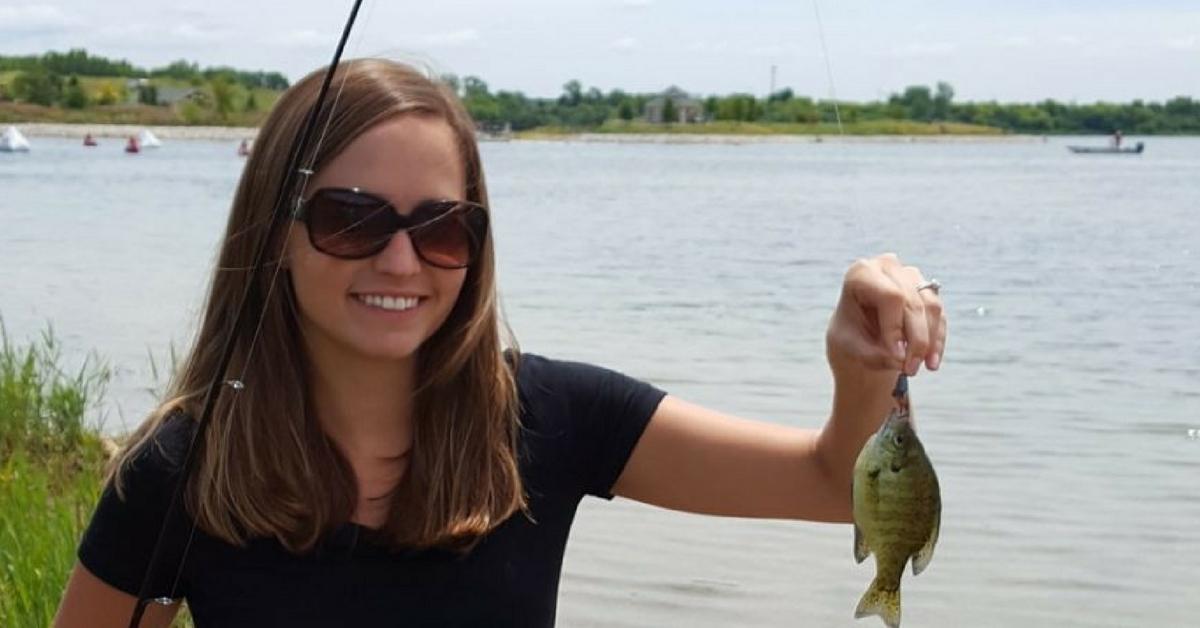Panfish Primer: How To Get Started Catching Smaller Gamefish
Panfish are a fan favorite. Whether you call them bream, sunfish, bluegills, perch, and all the way to slab crappie; panfish are widely distributed throughout both urban and rural areas. Panfish are the gateway to a life of fishing fun, as many anglers first fish is one of these species caught in a local pond or lake. Successfully catching panfish all season long requires you to tweak, revisit, and scale down some of the basic strategies anglers for big catches. Downsizing your outfit and rig the right way is your first step towards some serious pan-sized fun. Before you can set up your rig, you’ll need to know your water and your fish! What's the target? Gills, crappies, maybe a small bass or perch? Focus on one species, its behaviors, and its favorite habitat. Do you fish a deep clean farm pond? An urban pond with cement and funky man-made structures? Is this a reservoir or an old quarry? All of these bodies of water have different areas that hold fish, and one manmade pond isn’t the same as the next. Finding these clues and their unique features will lead you to the right baits and techniques to try out. It's really cool to follow panfish through the season, they will teach you loads about the water you fish.
Panfish biology is also important, as you will need to understand their habitats and diets to maximize your catch. The pan-sized food chain starts with the small stuff on the bottom, and all along the available structure. Aquatic insects, shrimps, grubs, and wiggly critters with pincers love these spots. These structures and rocky bottoms are a good place to find minnows hanging loose, too, which is an important sight to see when chasing fish. These minnows are bait, and as we all know, the fish follow the bait. This is an important 1+1=fish moment. Panfish congregate close to their food, spots that always double as nice places to hide from fishy predators. Find places like drop offs, little dumps of rubble or wood, or along a dam. Try something simple (and really effective) like Gapen's Freshwater Shrimp or Gapen's Ice-N-Ant.
Learning these spots helps you in the summer when catching panfish in the heat is tough. This time of year is their prime time to school up and go deep. This is also a prime time to change from a soft grub to a hard bodied bait. Slightly bigger baits and jigs attract bigger gills. Panfish really need to eat, and plugs with lots of movement like Nothead Tackle's Micro Shad attract a good bite.
Transitioning to lighter gear is a big advantage for panfish success. We adhere to the ancient, mighty and ever present Dictum, More Fishing Tackle Is Good (repeat ten times). An ultra light spinning outfit is a must for downsizing your presentation, so check your stock and make sure the light gear is plentiful in your boat.Effective panfish jigs weigh 1/32 of an ounce to 1/8 of an ounce. They don't gain too much weight when finished with plastics. The ideal panfish magnet kit is loaded with small baits easily threadable onto tiny jig heads.
Finding an action that you like with jigs, itty bitty spoons and panfish crankbaits is your chore. Get comfy with braided lines in the 8 to 12 pound test area, and become knotworthy with nylon or flourocarbon monos in the 4 to 10 pound test categories. Scaling down the tools to the size of the job is the name of the game to catch more panfish! A hoot to fish for, panfish have started more anglers down the path of fishing fun than any other group of fish around.
Updated February 8th, 2019 at 11:12 AM CT


